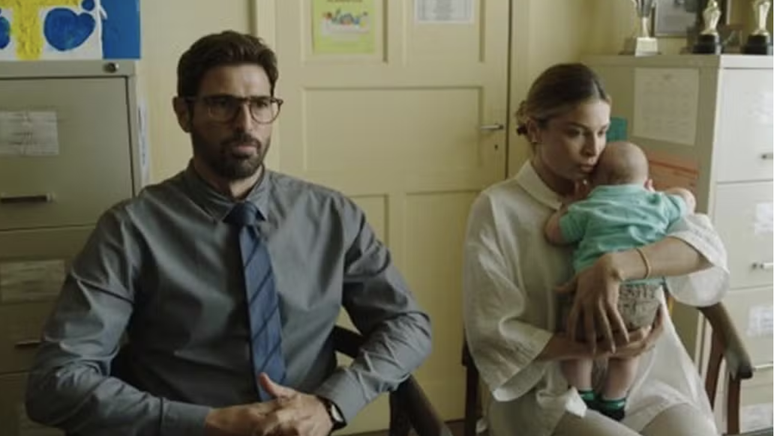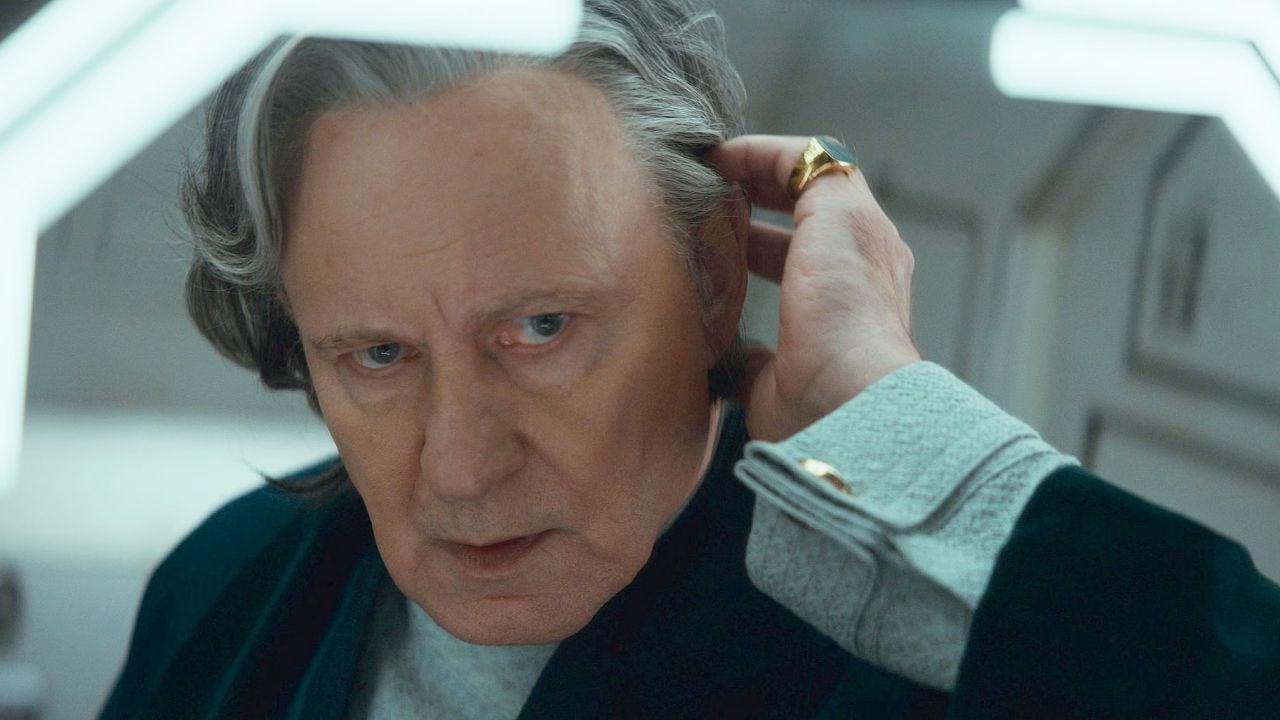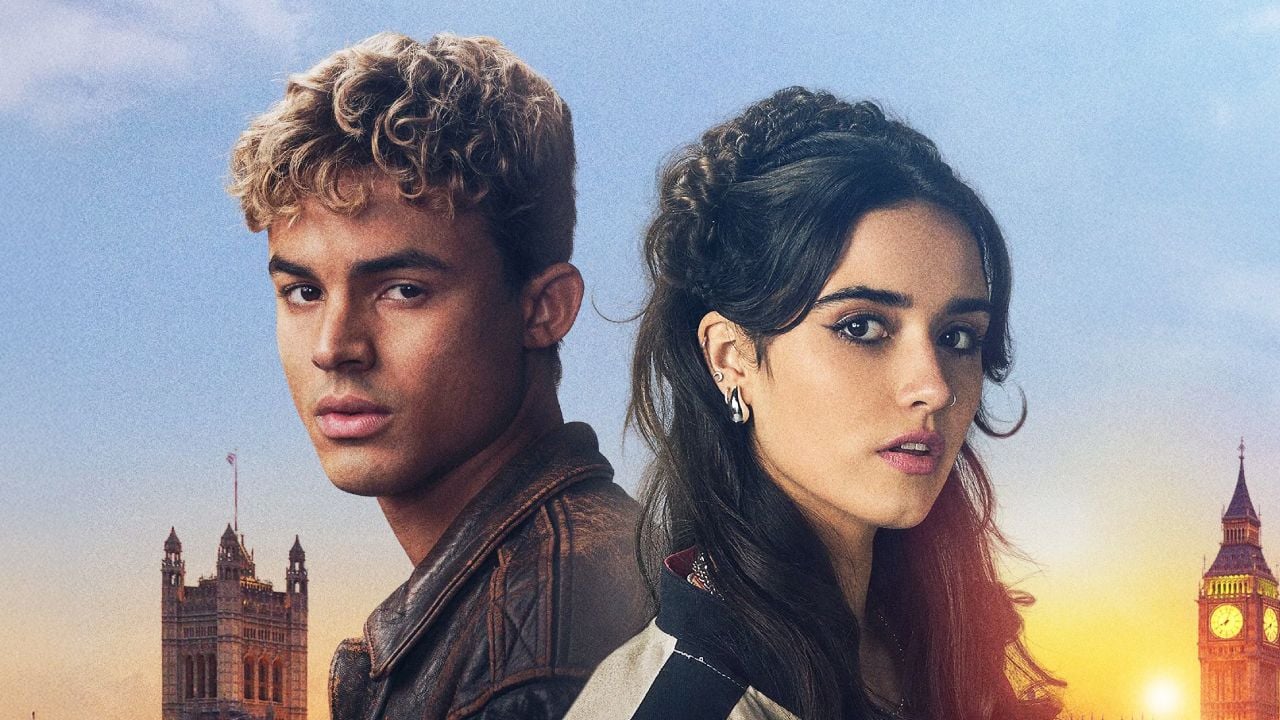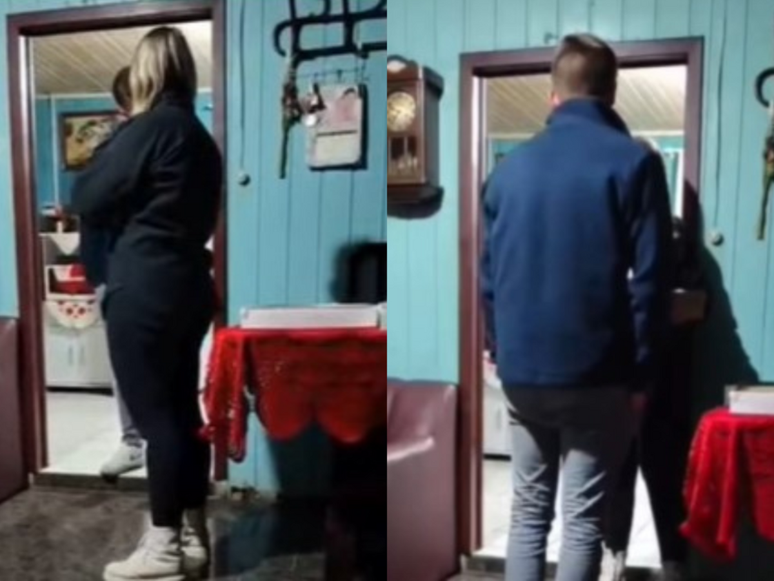A Happy Family, a film written by Raphael Montes, has some significant differences compared to the book of the same name, also written by the author.
With Grazi Massafera and Reynaldo Gianecchini, the thriller A happy familywritten by Raphael Montes, arrived in theaters on April 4 with a gripping plot about a family from the south of Rio, seemingly impeccable but hiding many secrets.
- A happy family | What is the story of the intense national thriller?
- Review A happy family | The suspense turns your stomach despite the loose ends
The film was produced alongside the book of the same name, also written by Montes. And, although the two works essentially tell the same story, the development of the narrative is different between them. the publication delves into a few more details and provides more information that helps to better compose the layers of the characters, in particular that of the protagonist Eva, furthermore the manuscript also modifies some parts of the film, such as the location. In the film, the family lives in a condominium of luxurious houses in Rio de Janeiro, while in the film they live in Curitiba.
It is worth mentioning that the author went against the grain of adaptations and first wrote the screenplay for the big screen and only then put the story on paper. This is because he realized that he could further detail this macabre plot. Yet, in an interview with Canaltech, he advised audiences to watch the film first, only to enjoy the details of the book later and notice the differences. Do you want to know some of them? So, check out the top five!
5. Isabela’s oblivion
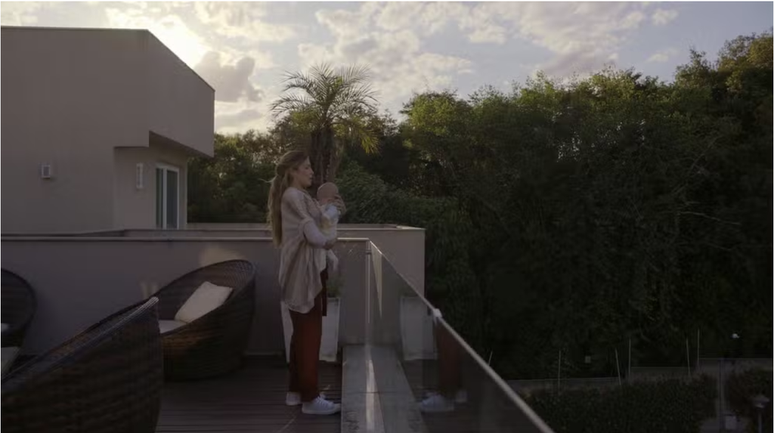
The family’s day laborer, Isabela is a black woman who doesn’t have much aptitude for taking care of children. Even so, seeing Eva’s wear and tear, she puts little Lucas to sleep in her crib. Afterwards, he appears injured and Eva questions the diarist about the incident. The two get into a verbal confrontation and Isabela calls Eva a racist.
This entire sequence is external to the film, and while it doesn’t change the sequence of events, it removes an interesting layer from the plot. In the book, this confrontation between the two women contributes to creating doubts about the protagonist’s sanity, leading the reader to understand that she was truly going crazy.
4. Eva’s relationship with her mother

Another little-explored point in the film adaptation is Eva’s relationship with her mother. In the film she only says that she hates the house she grew up in, while in the book it is said that her mother was a psychologically unstable woman, addicted to alcohol and who forced her daughter to confess all her feelings, as if it were a confession forced. therapy session.
As in the previous case, all this context helps to understand how the protagonist was born and why living a love story with Vicente was also a way to escape from that reality that was so toxic for her – at the same time which also leads the reader to believe that, with such a toxic childhood, Eva herself began to engage in dissociative behaviors.
3. The death of the girls’ mother
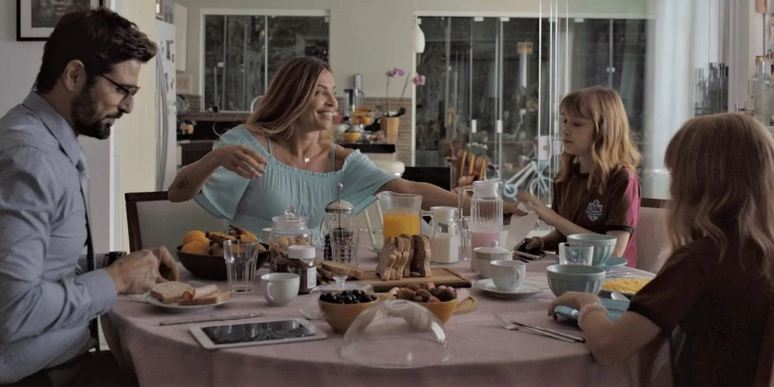
The happy family of the title is initially made up of Eva, Vicente and the two twin daughters that the man has from his first marriage. However, anyone who watches the film will notice that Alice, the girls’ mother, isn’t mentioned much in the film. She only appears in the drawing that one of the girls makes, but without delving into her story.
In the book it acquires greater relevance. There is also a section where the author leaves the audience with a flea behind their ears when she tells how she drowned. The question is whether she actually fell into the sea and drowned or whether she was thrown by someone.
2. Eva’s friendship with her neighbors
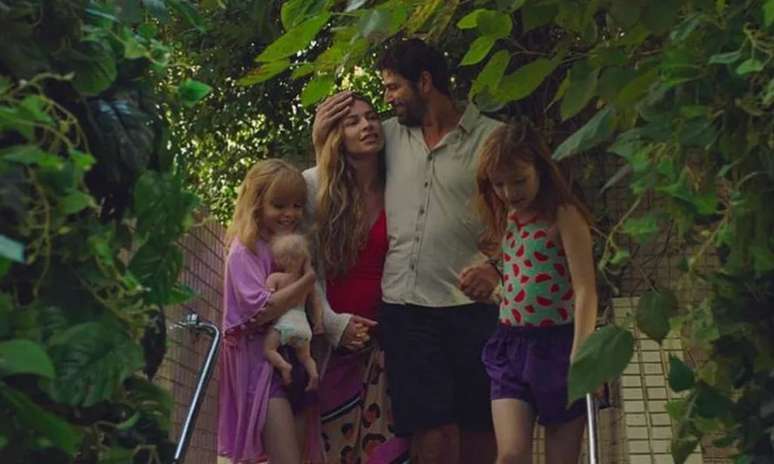
Without having much time to put all the details of the film on screen, the film reduces Eva to a woman with few friends. Indeed she is closed and even a little suspicious, but the book works best on her friendship with Solange.
They have known each other for a long time and are each other’s confidants, and through their dialogue the audience gets to know the other layers of the protagonist. And it’s very sad to see this aspect left out, as it helps reduce Grazi Massafera’s character to just this mother who has to deal with much greater pressures than she seems to be dealing with.
1. Report to the police
One of the big differences between the movie and the book is that when the children appear beaten, they are not taken to the police or hospital. In the book this moment is explored much more and there is a judicial and media development in which Eva begins to be judged by everyone around her as a negligent and almost criminal mother.
In fact, this is one of the film’s flaws. In an attempt to streamline some plots and situations, he ends up encountering situations that might not seem credible, compromising immersion in the work.
Trends on Canaltech:
- Ghostbusters | Why didn’t Rick Moranis return for the new movies?
- Police arrest suspect in data leak of 220 million Brazilians
- The first trailer for Joker 2 sees Harley Quinn shining and lots of madness
- The 10 greatest losses in cinema history
- What will happen to the Earth when the Sun dies?
- SpaceX video shows solar eclipse seen from space
Source: Terra
Rose James is a Gossipify movie and series reviewer known for her in-depth analysis and unique perspective on the latest releases. With a background in film studies, she provides engaging and informative reviews, and keeps readers up to date with industry trends and emerging talents.

